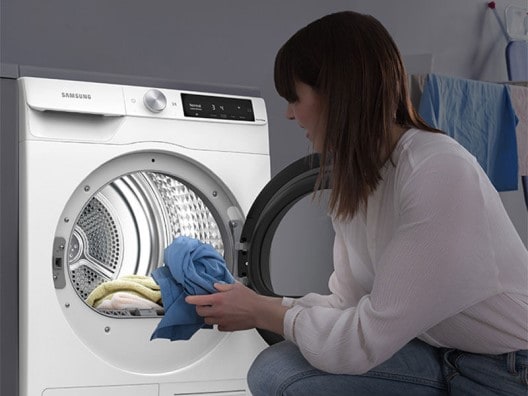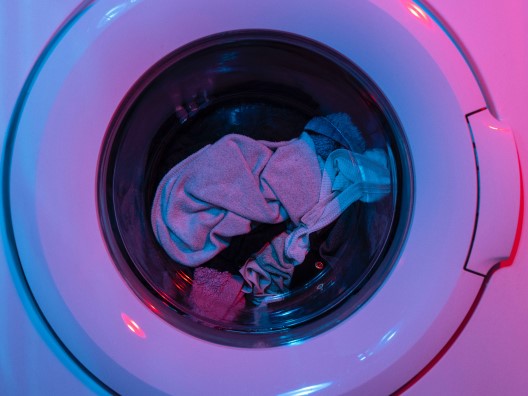Vented vs Ventless Dryers: What's the Difference?
Posted on April 04, 2018 By Alison P
Having an energy efficient washer and dryer is a high priority, especially since clothes dryers consume more energy than any other household appliance. One big factor in a dryer's energy consumption is whether it is vented or ventless, and we're here to make your dryer decision easier by giving you details on each dryer style!
How Does a Vented Dryer Work?
A traditional vented dryer uses either gas combustion or an electric heating element to heat air. The warmed air streams into the dryer's tumbler, runs over and around the whirling clothes, and is then expelled by way of an exterior vent. While vented dryers tend to be the most affordable types, their operation does require a bit of maintenance. As can be deduced from their name, these dryers require an exterior vent to expel the humid air from inside the dryer, which may not be an option to install in every home. If you've got a gas dryer, there must also be a vent for expelling carbon monoxide. Since lint tends to build up inside the vent, it must be cleaned regularly in order to prevent a potential fire hazard.
How Does a Ventless Dryer Work?
Ventless dryers - as their name implies - don't require a vent. The hot air inside the dryer is simply recycled, in two types of ways that will be discussed later. This makes a ventless dryer a great choice for anyone with a laundry room that lacks exterior venting options, or just anyone looking for a low-maintenance installation. Using a ventless clothes dryer also means there's no need to worry about cleaning out lint from the trap or the vent. If low-maintenance operation is your highest priority, a ventless dryer should be at the top of your list.
What is a Condenser Dryer?
Condenser dryers - also known as condensation dryers - are one of the two main types of systems that make a dryer ventless. Air is heated by the condenser and enters the tumbler, but instead of being vented out, it goes back into the condenser to be cooled down and then reheated. The water collected from the dampness of the clothes either drains through a tube or collects in a container that requires manual emptying. Condenser dryers are significantly more energy-efficient than standard vented models, since the same air is being reused. They're also easier on your clothes; since ventless dryers run significantly cooler than vented models, your clothes won't become overdried. This saves stress on fabric, keeping your wardrobe looking better longer.

What is a Heat Pump Dryer?
As the name suggests, this style of dryer operates with a heat pump rather than a condenser. Unlike a condenser dryer, a heat pump dryer keeps the air warm the whole time, rather than cooling it down after it's used. It also operates at a lower temperature than a condenser dryer, making it superbly energy-efficient as well as gentle on clothes. The potential drawbacks are that heat pump dryers are smaller than most standard vented dryers, and their drying time tends to be noticeably longer. Heat pump dryers also tend to be noisy, which may be an issue for anyone in an apartment or small living space.
Is a Ventless Dryer Better Than a Vented Dryer?
It is true that ventless dryers are easier to install, lower maintenance, and more efficient than vented dryers. However, non-vented dryers also tend to have a significantly higher upfront cost, and though they are gentler on clothes, they tend to take longer than a vented dryer to get everything dry. Take into account your own personal priorities, living situation, and budget when you make a dryer decision. Only you can determine the best choice for you!